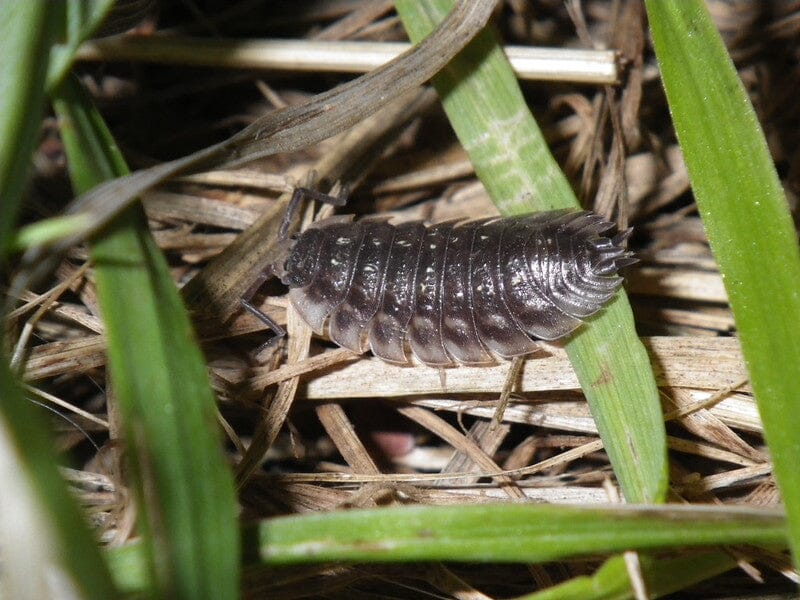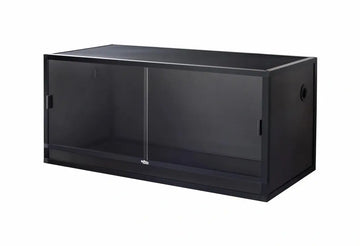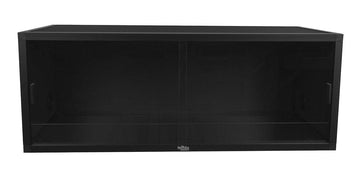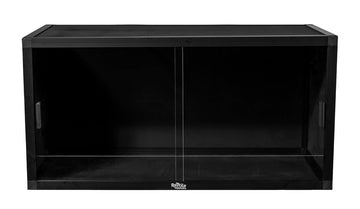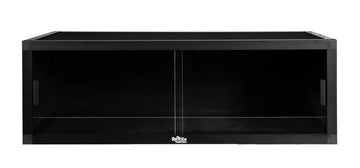Isopoda is an order of over 10,000 known species of crustaceans that can be found all over the world in saltwater, freshwater, and on land. You might know some of them as woodlice, roly-polies, sow bugs, or pillbugs! They have a chitinous segmented exoskeleton, seven pairs of jointed limbs, and two pairs of antennae. They’re generally flattened in shape, but some of them are more dome-shaped and able to roll into a tight ball. Isopods come in a variety of colors: mostly red, orange, blue, purple, brown, gray, and/or white. They may be patternless or they may have a pattern of blotches or spots.
Most of the isopods you’re likely to come into contact with in the exotic pet hobby are terrestrial.
Isopod Habitat
Also terrestrial isopods live on land, they’re very vulnerable to drying out, so they prefer cool, moist environments such as in leaf litter, under wood debris, and under rocks. Species native to semi-arid to arid climates are nocturnal in habit as part of the effort to conserve moisture.
Isopods are detritivores, which means that they eat dead organic matter. They are mostly herbivorous, eating moss, bark, algae, fungi, decaying wood, etc., but they will also eat dead animals as well. This makes them an important part of their surrounding ecosystems because they help clean up by playing the role of decomposers. By aiding in the process of decomposition, enrich the soil and subsequently support healthy plant life, making them foundational participants in their ecosystems.
Types of Isopods
The most common isopods you’re likely to encounter in the exotic pet trade include:
Armadillium
- A. granulatum “Granulated”
- A. klugii “Montenegro”
- A. maculatum “Zebra”
- A. nasatum “Peach”
- A. vulgare “Japanese Magic Potion”
Atlantoscia
- A. floridana “Florida Fast”
Cubaris
- C. sp. “Panda King”
- C. sp. “Rubber Ducky”
Porcellio
- P. dilatatus “Giant Canyon”
- P. laevis “Dairy Cow”
- P. scaber “Calico”
- P. scaber “Dalmatian”
- P. scaber “Lottery Ticket”
Porcellionides
Trichoniscidae
Trichorina
This is just a short list. There are many, many different species and varieties of isopods available in the hobby!
Isopods in Captivity
As pets
Isopods make very low-maintenance pets for people with limited space, an appreciation for invertebrates, and/or strict landlord pet policies. They’re convenient and inexpensive to feed, and even a collection of many different varieties of isopods doesn’t take up much space. They’re also make unobtrusive additions to plant terraria.
As CUC in bioactive vivaria
Bioactive terrariums (also known as vivariums) are an increasingly popular method of housing reptiles and amphibians. One of the essential components of a functional bioactive is a CUC (“Clean Up Crew”), which is a team of detritivorous invertebrates which breaks down waste and keeps the soil fresh. Isopods make highly efficient CUC, which makes them a popular staple of bioactive enclosures. They are also harmless to amphibians, reptiles, and humans, so there’s no need to worry about them nibbling on a pet while they’re asleep.
As feeders
Reptiles and amphibians often snack on the occasional isopod within a bioactive terrarium, but isopods aren’t the most popular as feeder “insects” for exotic pets. This is mostly because isopods tend to be relatively expensive and slow-breeding. That being said, they can also be used intentionally as a nutritious and enriching addition to a varied diet. They have a famously high calcium content, and fast-breeding varieties are often soft-bodied enough to be easy for small species of herps to eat. However, they may also have a high heavy metal content due to the nature of their diet, so using them as a staple feeder is not a good idea.
"Isopod" by gcchang is licensed under CC BY-NC-SA 2.0.

